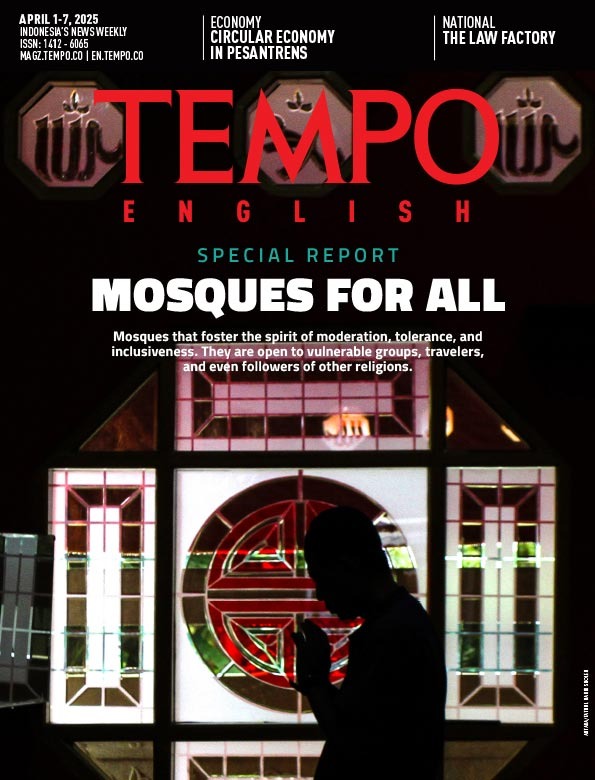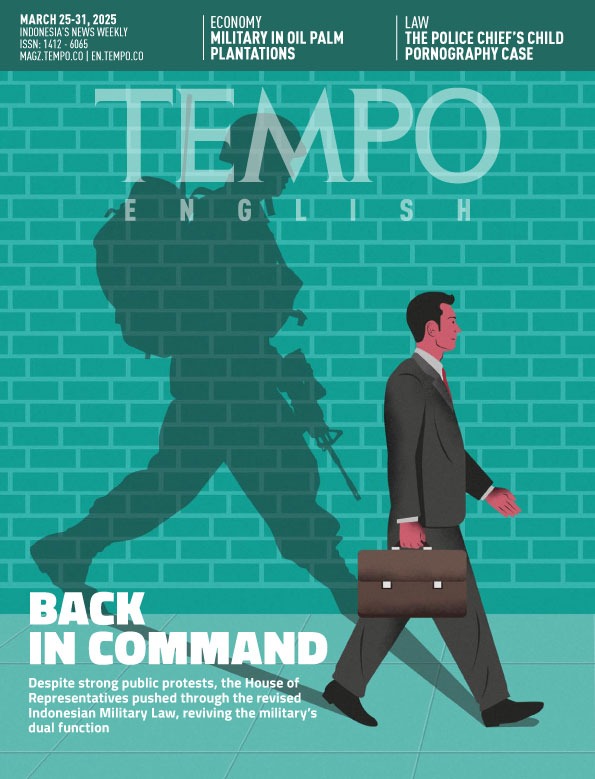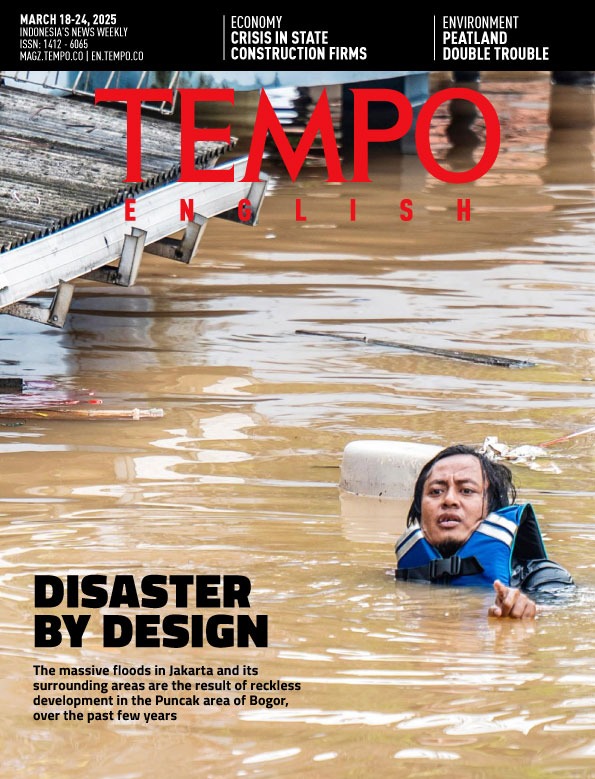Hell’s Tracks Cutting Across Sumatra
Tuesday, September 26, 2017
arsip tempo : 174347962916.

Muaro-Pekanbaru
The sparse hair on the wrinkled arms of Marah Boeyoeng, 88, instantly stood on end when recounting the Japanese soldiers’ treatment against the romusha (slave workers) who built the Muaro-Pekanbaru railway tracks. In 1944, Boeyoeng, still 15 at the time, witnessed the romusha working day and night. "Their bodies were all skin and bones, with only their genitals barely covered," he told Tempo on the porch of his house at Muaro Sij
...
Subscribe to continue reading.
We craft news with stories.
 For the benefits of subscribing to Digital Tempo, See More
For the benefits of subscribing to Digital Tempo, See More








